-
Chemiluminescent Western blotting
- AdvanStain Iris
- WesternEaze-Chemi Kit
- AdvanStain Total Fluorescent Protein Staining Kits
- AdvanBlock-Chemi blocking solution
- FLASHBlot transfer buffer
- FLASHBlot-SD transfer buffer
- Development folders
- WesternBright ECL HRP substrate
- WesternBright ECL Spray
- WesternBright Quantum HRP substrate
- WesternBright Sirius HRP substrate
- HRP-conjugated secondary antibodies
- LucentBlue X-ray film
- Background Quenching Sheets
- WesternBright ChemiPen
- Transfer membranes
- Incubation trays
- AdvanWash washing solution
- Western Blot Strip-It Buffer
- Blotting sponge pads
- Blotting papers
- X-ray film cassette
-
Fluorescent Western blotting
- FLASHBlot transfer buffer
- AdvanBlock-Fluor blocking solution
- AdvanBlock-PF blocking solution
- AdvanStain Total Fluorescent Protein Staining Kits
- LightSaver™ Fluorescence Enhancing Solution
- FLASHBlot-SD transfer buffer
- WesternBright MCF
- SpectraDye Secondary Antibodies
- SpectraDye Antibody Labeling Kits
- Background Quenching Sheets
- Transfer membranes
- Development folders
- Incubation trays
- AdvanWash washing solution
- Fluorescent Western standardization blot
- Blotting papers
- ELISA
- Electrophoresis
- Antibodies and antibody labeling
- Sample preparation
- Purification
- Protein staining
-
Buffers and solutions
- FLASHBlot transfer buffer
- AdvanBlock-PF blocking solution
- Western Blot Strip-It Buffer
- AdvanBlock-Chemi blocking solution
- AdvanBlock-EIA blocking solution
- AdvanBlock-Fluor blocking solution
- Protein sample loading buffers
- FLASHBlot-SD transfer buffer
- AdvanWash washing solution
- 10X EIA Coating Buffer
- LightSaver™ Fluorescence Enhancing Solution
- Avant buffer pouches
- SARS-CoV-2
- Cell biology
- Custom services
WesternBright ECL HRP substrate
The best choice for routine, film-imaged chemiluminescent Western blots
- Stronger signal than Amersham™ ECL or Pierce™ ECL
- Optimized – for x-ray film imaging
- Sensitive – detect low pg protein amounts
- Lasting signal – up to 6 hrs
- Save money – use up to 10x less antibody
Includes:
WesternBright ECL Luminol/enhancer solution
WesternBright Peroxide Chemiluminescent peroxide solution
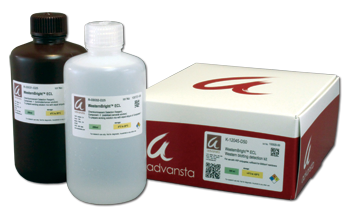
| CAT # | PRODUCT | SIZE | PRICE | QUANTITY | |
|---|---|---|---|---|---|
| K-12045-C20 | WesternBright ECL, trial size kit | 20ml |
$ 38.00 (USD) |
||
| K-12045-D20 | WesternBright ECL kit | 200ml; sufficient for 2000cm2 membrane |
$ 213.00 (USD) |
||
| K-12045-D50 | WesternBright ECL kit | 500ml; sufficient for 5000cm2 membrane |
$ 394.00 (USD) |
||
| K-12049-D50 | WesternBright ECL-spray | 500ml; sufficient for 5000cm2 membrane |
$ 398.00 (USD) |
Description
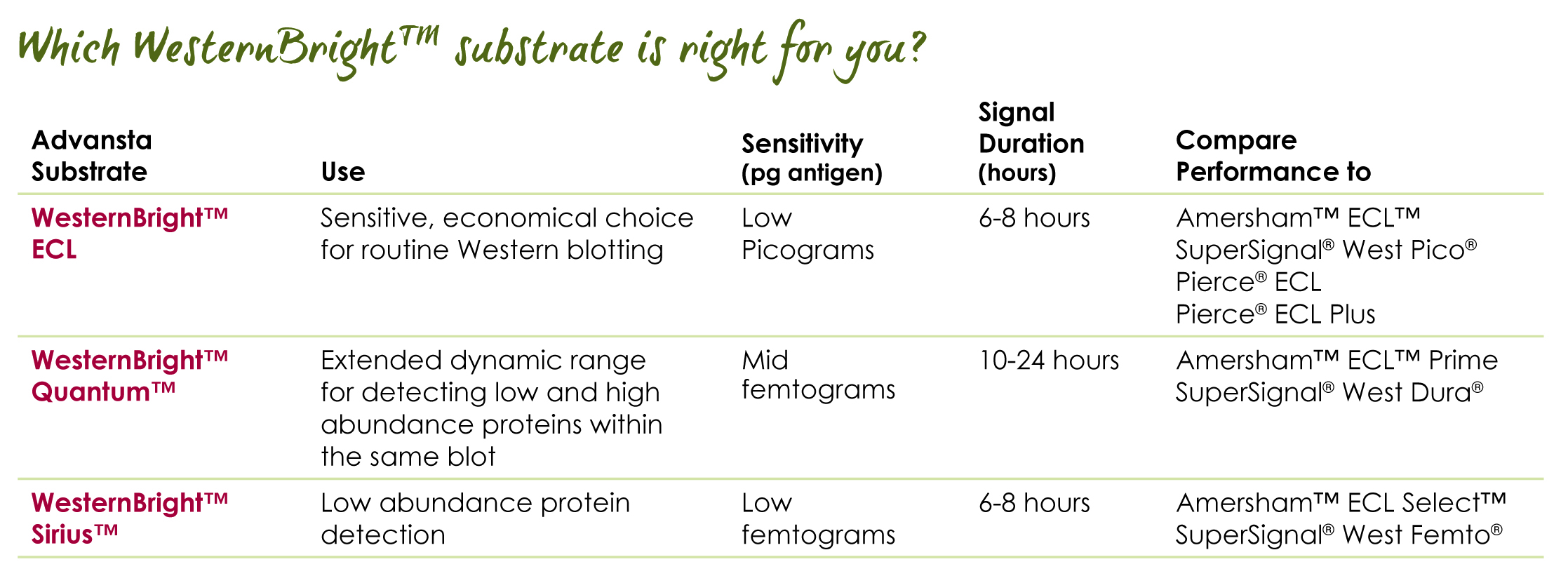
WesternBright ECL HRP Substrate
WesternBright® ECL is a horseradish peroxidase substrate optimized for chemiluminescent Western blots imaged using X-ray film. WesternBright ECL is more sensitive than other chemiluminescent substrates and uses up to 10 times less antibody than other substrates, allowing you to save precious antibodies and samples. Additionally, the WesternBright ECL signal is long lasting, allowing multiple exposures without substantial signal decay.
WesternBright ECL is optimized for chemiluminescent Western blots imaged using X-ray film.
|
|
WesternBright ECL is specially formulated to produce a strong signal for sensitive film imaging. WesternBright ECL substrate produces a strong, long-lasting signal after reaction with HRP. Duplicate slot blots containing serial dilutions of transferrin protein were detected using WesternBright ECL or Amersham™ ECL™ (GE Healthcare). Both blots were simultaneously exposed to the same sheet of film for 15 seconds. WesternBright ECL is several times more sensitive than Amersham ECL.
|
Westernbright ECL has high sensitivity for detection of low-abundance proteins
|
|
The higher sensitivity of WesternBright ECL is especially important when detecting low abundance proteins. Duplicate Western blots with serial dilutions of HeLa cell lysate were probed for ERK1 and detected using either WesternBright ECL or Amersham ECL HRP substrates. Each blot was exposed to film for 1 minute.
|
WesternBright ECL requires up to ten times less antibody than other substrates
|
|
Duplicate slot blots containing serial dilutions of transferrin were probed with the antibody diutions shown, and detected with either Westernbright ECL or Pierce ECL (Thermo Scientific) according to the manufacturer’s instructions. The blots were imaged simultaneously on the same piece of film. WesternBright ECL produced the same sensitivity with ten times less primary and five times less secondary antibody.
|
The WesternBright ECL signal is long-lasting, allowing long exposures or multiple exposures without substantial signal decay.
|
|
WesternBright ECL produces a long-lasting signal. A blot detected with WesternBright ECL can be imaged six hours after substrate incubation. There is no need to rush to the darkroom to image a blot.
|
|
|
|
The greater stability of WesternBright ECL allows more signal to be accumulated during long exposures, increasing the ability to detect very low abundance proteins. Duplicate Western blots were probed for ATP1A1 protein and detected using WesternBright ECL or Amersham ECL. In a 10 minute exposure, only 2 bands can be detected with either substrate. With a 60 minute exposure, a band is visible in the 1.25 μg lane of the WesternBright ECL blot, while signal decay results in little difference between a 10 min or 60 minute exposure of the Amersham ECL blot |
|
WesternBright ECL’s strong signal requires a shorter exposure for strong bands
|
|
WesternBright ECL produces a strong signal resulting in greater sensitivity with much shorter exposure times. Duplicate blots containing serial dilutions of transferrin protein were detected using WesternBright ECL or Amersham ECL according to the manufacturers' instructions, and the blots were exposed to the same piece of film. More bands can be detected with a 30 second exposure of the WesternBright ECL blot than with a 5 minute exposure of the Amersham ECL blot.
|
Customer feedback
"After trying WesternBright ECL, we immediately switched from our usual brand and now use it on a weekly basis. It produces a strong, long-lasting signal with low background at a much lower cost."
Assistant Professor, Brigham Young University
"WesternBright ECL is better than (the ECL substrate) I used to use because of its high sensitivity. Most of my research involves detecting low amounts of induced proteins, such as gp91 phox and HIF-1. I had some challenge to detect these proteins when I used other substrates; however, WesternBright ECL helps to detect these targets. Now, I can detect these proteins using less sample with the WesternBright ECL system. My whole lab has now switched to WesternBright ECL."
Senior Research Lab Specialist, University of Michigan
"We have switched to the Advansta WesternBright ECL reagent for straight western and co-IP western blotting. We have used less antibodies to suit our various needs easily. By the way, the WesternBright reagent also worked beautifully during a recent demo of a competitor's chemiluminescent imager! It performed better than the vendor's own proprietary reagent made especially for that machine!"
Lab Manager, University of North Carolina at Chapel Hill
Download Resources
- WesternBright ECL brochure
- WesternBright ECL application note
- WesternBright ECL user manual
- WesternBright ECL short protocol
- WesternBright substrate selection guide
- WesternBright ECL SDS
- WesternBright Peroxide SDS
- Advansta’s Step-by-Step Guide to Western Blots
- Product Data Sheet (200ml)
- Product Data Sheet (500ml)


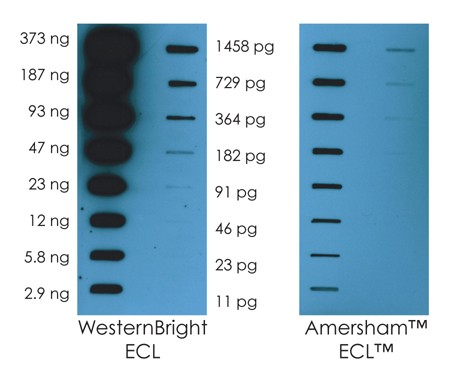
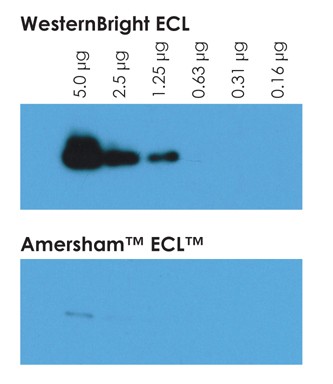
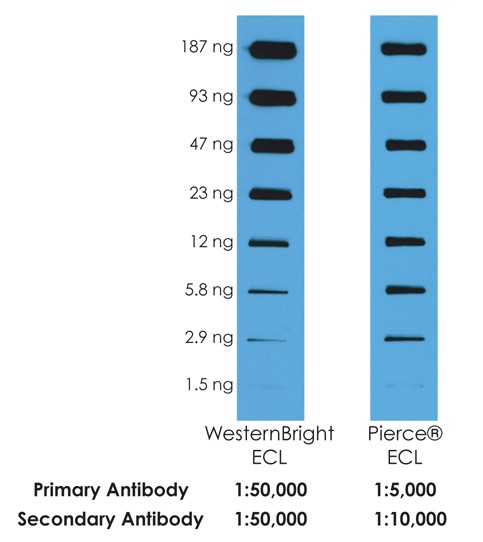
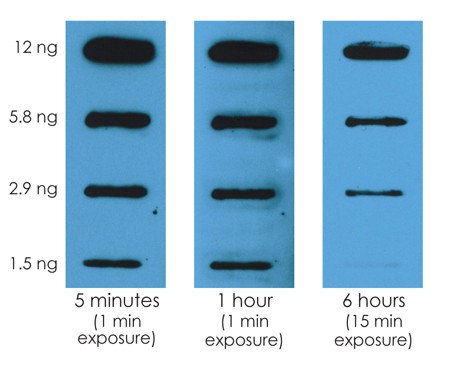
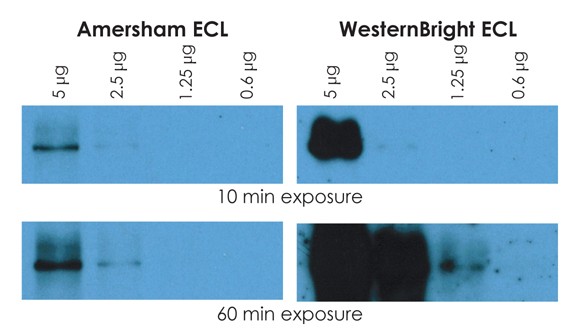
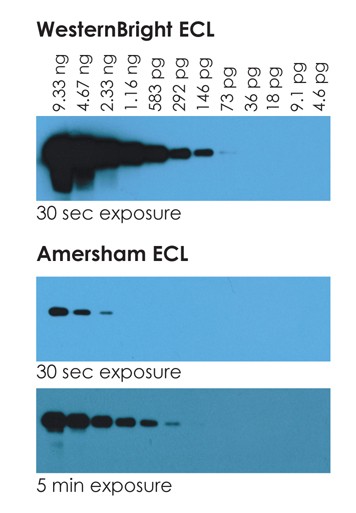
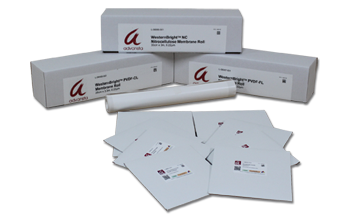
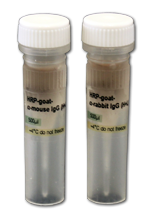
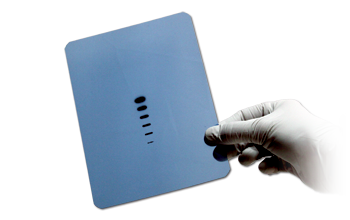
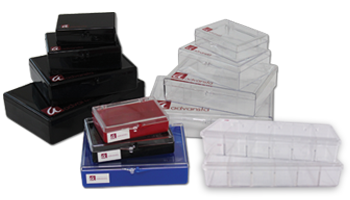
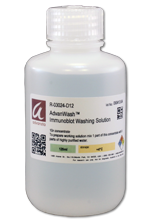
Connect